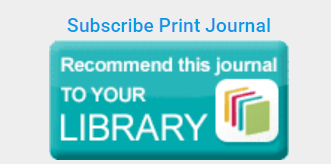Hybrid LSTM-GRU Aspect-Based Sentiment Classification Model
DOI:
https://doi.org/10.63001/tbs.2024.v19.i03.pp199-212Keywords:
Aspect-Based Sentiment Analysis, Deep learning, Machine learning, Hybrid LSTM-GRUAbstract
This work uses both machine learning and deep learning methods to examine aspect-based sentiment analysis. Tokenization, LDA, and PLSA to latent aspect identification, spaCy's Token Regex in noun extraction, and word filtering are all included in the suggested aspect extraction approach. Sentiment analysis, facilitated by Sentiment Intensity Analyzer, computes compound sentiment scores and categorizes sentiments into 'Positive,' 'Negative,' or 'Neutral,' enhancing the Data Frame with comprehensive sentiment insights. With a 91.55% accuracy rate, 92.79% precision rate, 89.09% recall rate, and 83.45% F-score, the Hybrid LSTM-GRU Aspect-Based Sentiment Classification Model performed admirably. This demonstrates how well the Hybrid LSTM-GRU architecture recognizes relevant features and detects sentiments in the input data. The study involved a comprehensive calculation of the performance of several machine learning techniques, specifically employed in the context for the Aspect-Based Sentiment Classification under investigation. These techniques included gradient boosting, random forest, multinomial naive bayes, logistic regression, and support vector machine (SVM). The results were unexpected: Random Forest fared better than any other algorithm and was given the highest ratings overall. The results demonstrate that Random Forest can produce forecasts that are precise, accurate, and well-balanced, with an accuracy of 0.75, precision of 0.76, recall of 0.75, & F1 score of 0.71. These results demonstrate the usefulness of Random Forest in this particular situation and its suitability for aspect-based sentiment classification. To sum up, this work provides insightful information about the effectiveness of deep learning and machine learning techniques in aspect-based sentiment analysis.






























